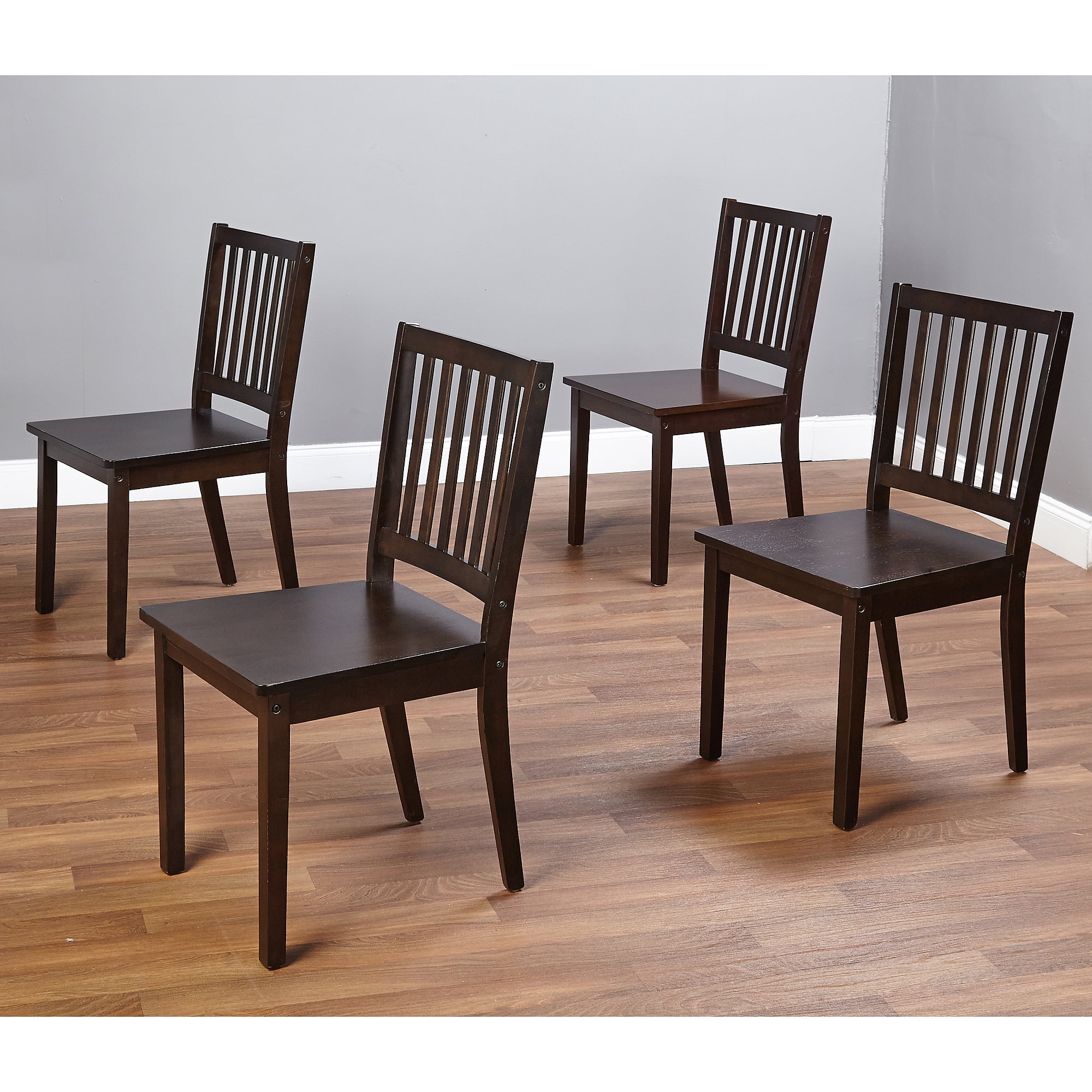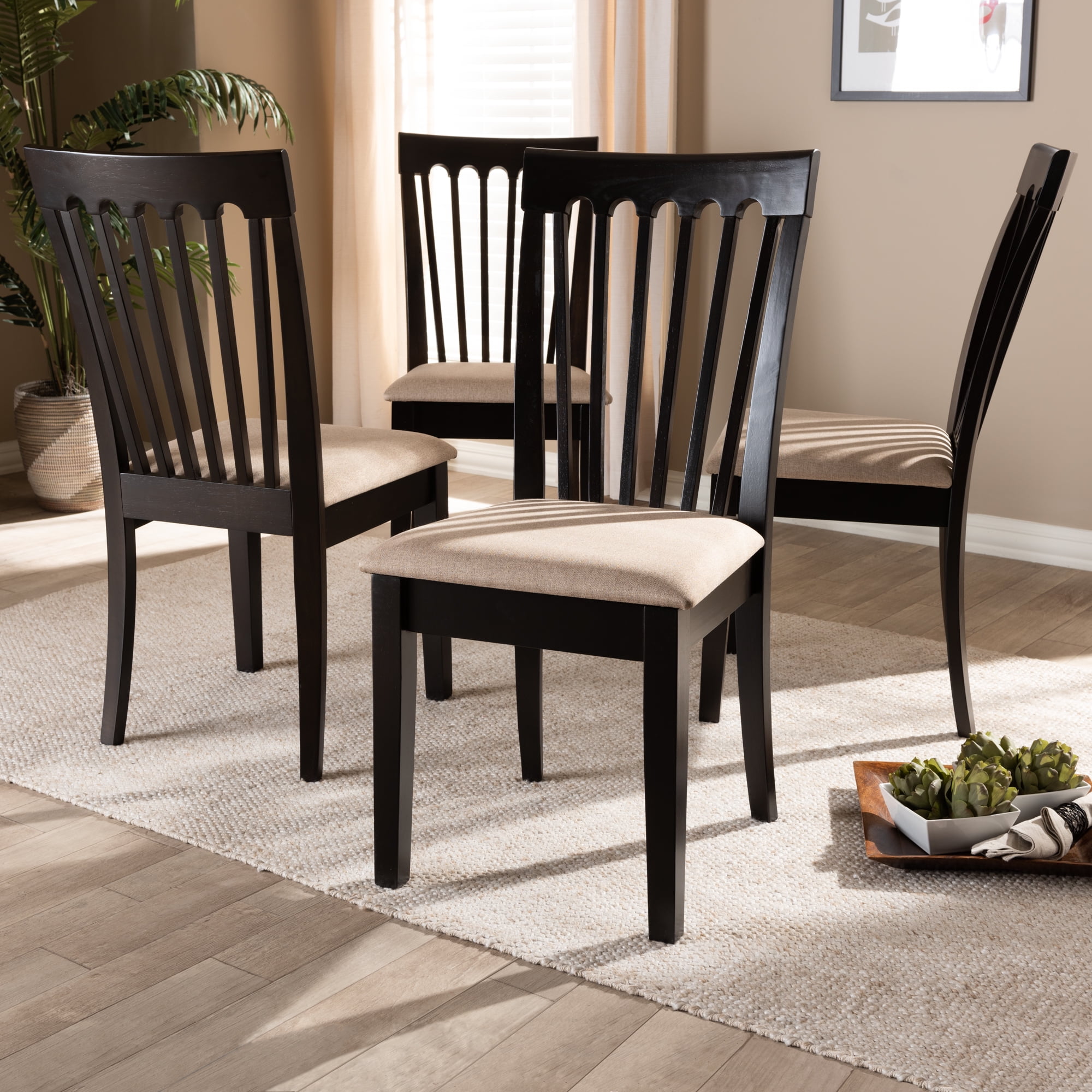Design & Aesthetics of the Four Hands Wharton Dining Chair

The Four Hands Wharton Dining Chair effortlessly blends modern minimalism with a touch of classic elegance, making it a versatile piece for various interior styles. Its clean lines and sophisticated silhouette immediately catch the eye, promising both style and comfort. The chair’s design is a testament to thoughtful simplicity, prioritizing functionality and aesthetic appeal in equal measure.
Materials and Construction
The Wharton chair typically features a solid wood frame, often crafted from rubberwood or a similar durable hardwood. This provides a sturdy foundation and contributes to the chair’s overall longevity. The seat is usually upholstered in a variety of fabrics, ranging from durable linen blends to plush velvet, offering choices to suit diverse preferences and interior design schemes. The finish on the wood frame is typically a smooth, even coat that enhances the natural grain of the wood, often in neutral tones like warm browns or sophisticated grays. The overall construction emphasizes quality and attention to detail, reflecting a commitment to craftsmanship.
Comparison with Similar Chairs
Compared to other dining chairs in a similar price range, the Wharton chair distinguishes itself through its refined simplicity and versatility. While many competitors might lean towards more ornate detailing or heavily trend-driven designs, the Wharton offers a timeless aesthetic that avoids fleeting fads. Its clean lines and carefully chosen materials make it a more enduring investment. Other chairs might prioritize flashy design elements over long-term durability, whereas the Wharton chair emphasizes both aspects.
Ergonomics and Comfort
The Wharton chair’s design prioritizes comfortable seating. The backrest provides adequate lumbar support, promoting good posture during prolonged periods of sitting. The seat itself is generously proportioned, offering sufficient space for most body types. While the exact dimensions may vary slightly depending on the specific upholstery chosen, the chair generally accommodates a wide range of sizes and builds comfortably. The height is typically designed to be compatible with standard dining tables, ensuring a comfortable and ergonomic dining experience.
Versatility in Interior Design
The Wharton chair’s understated elegance makes it remarkably versatile. In a modern setting, its clean lines and neutral color palette effortlessly complement minimalist décor. Its simple design also integrates seamlessly into farmhouse-style interiors, where its natural wood tones and sturdy construction contribute to a sense of rustic charm. Even in more traditional settings, the chair’s refined silhouette and quality materials can add a touch of sophistication without clashing with existing décor. Its adaptability allows it to serve as a statement piece in various styles, proving its enduring appeal.
Manufacturing & Sourcing of the Four Hands Wharton Dining Chair

The Four Hands Wharton Dining Chair, a stylish addition to any modern home, boasts a manufacturing process that blends craftsmanship with a commitment to responsible sourcing. Understanding its creation offers insight into the chair’s quality and the brand’s ethical considerations.
Four hands wharton dining chair – Four Hands, known for its commitment to global artisans and sustainable practices, carefully sources materials and oversees the manufacturing process to ensure quality and ethical standards are met. The company’s dedication to responsible manufacturing extends from the selection of raw materials to the final assembly and quality control checks.
Material Sourcing and Origin, Four hands wharton dining chair
The Wharton chair’s construction primarily utilizes rubberwood, a fast-growing, sustainable hardwood sourced from certified sustainable plantations in Southeast Asia. This choice minimizes environmental impact compared to slower-growing hardwoods. The rubberwood’s durability and smooth finish make it ideal for furniture manufacturing. The chair’s upholstery, depending on the specific model, may incorporate fabrics sourced from various regions, with a focus on materials that meet Four Hands’ sustainability and ethical sourcing criteria. Information on specific fabric origins is typically available on the product details page on the Four Hands website or through their customer service.
Manufacturing Process and Ethical Considerations
The manufacturing process involves a combination of skilled craftsmanship and modern techniques. While specific details aren’t publicly available, it’s likely that the chair’s frame is constructed through a combination of cutting, shaping, and joining techniques. The upholstery process involves cutting, sewing, and attaching the fabric to the chair’s frame. Four Hands emphasizes fair labor practices and collaborates with factories committed to safe and ethical working conditions. They often partner with workshops that employ local artisans, supporting communities and preserving traditional craftsmanship. While specific certifications aren’t always prominently displayed, their commitment to ethical sourcing is a key aspect of their brand identity.
Quality Control and Durability
Four Hands implements rigorous quality control measures throughout the manufacturing process. This includes inspections at various stages of production, ensuring the chair meets their high standards for durability and aesthetics. The use of rubberwood, known for its strength and resistance to warping, contributes significantly to the chair’s longevity. Four Hands typically offers a limited warranty on its furniture, covering defects in materials and workmanship for a specified period. The exact terms of the warranty can be found on their website or within the product documentation.
Chair Assembly: A Step-by-Step Guide
Assembling the Four Hands Wharton Dining Chair is generally straightforward. The following table Artikels a typical assembly process. Note that specific steps may vary slightly depending on the chair’s model and version.
| Step | Description | Image Description | Tools Needed |
|---|---|---|---|
| 1. Unpacking | Carefully remove the chair parts from the packaging, checking for any damage. | Image showing the chair parts neatly arranged after removal from the box. Clear labels on the various components are visible. | None |
| 2. Attaching the Legs | Align the chair legs with the corresponding holes in the seat base and firmly screw them in using the provided hardware. | Image showing the legs being attached to the seat base, with the screws being tightened. The image emphasizes the alignment of the legs. | Screwdriver |
| 3. Securing the Backrest | Connect the backrest to the seat base using the provided bolts or other fasteners. Ensure the backrest is securely attached and aligned correctly. | Image showing the backrest being attached to the seat base. The image highlights the secure connection and proper alignment. | Wrench or Screwdriver (depending on fasteners) |
| 4. Final Inspection | Inspect the assembled chair for any loose parts or misalignments. Tighten any loose screws or bolts as needed. | Image showing the fully assembled chair, ready for use. The image showcases the overall aesthetic and structural integrity of the chair. | Screwdriver |
